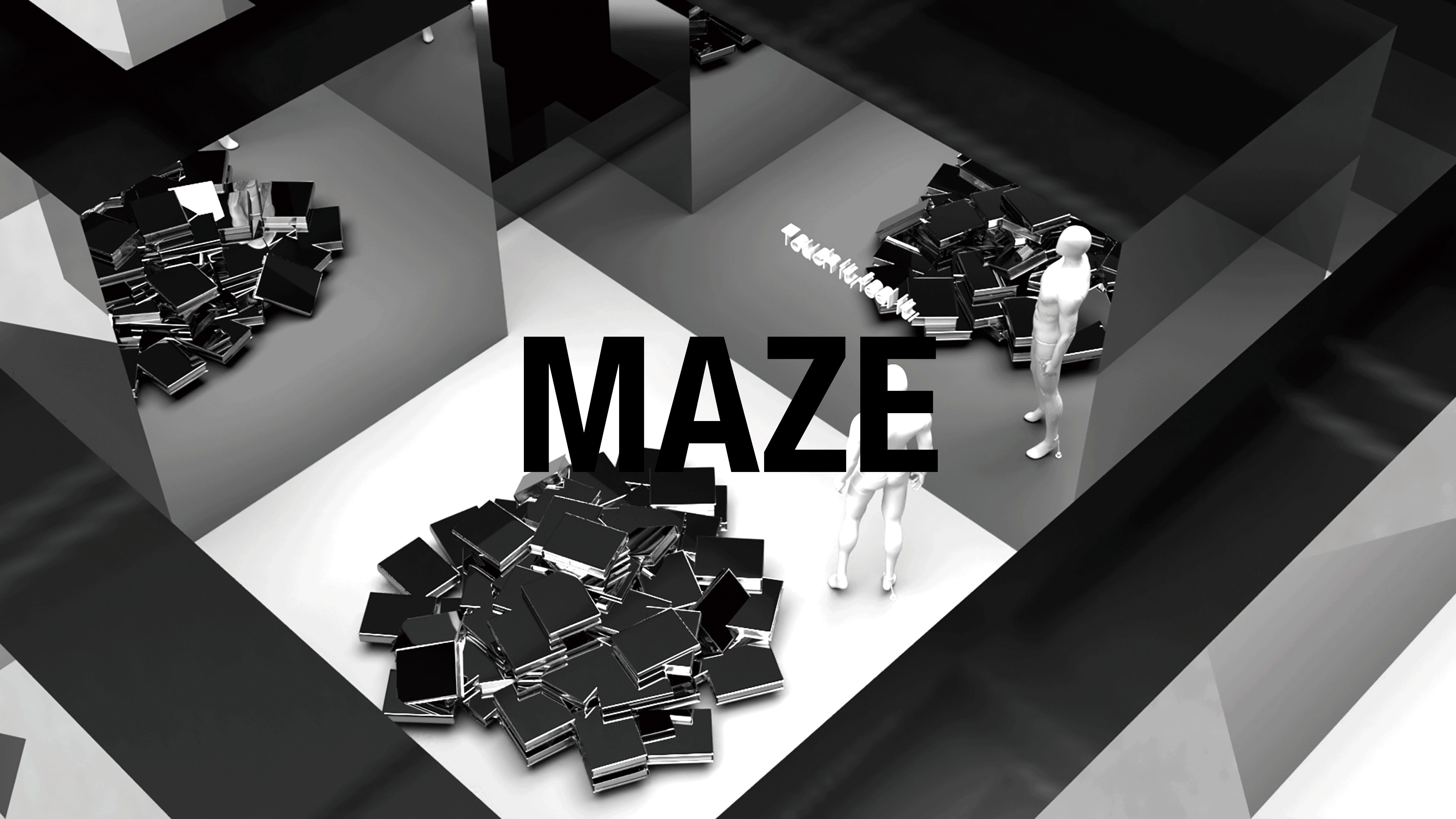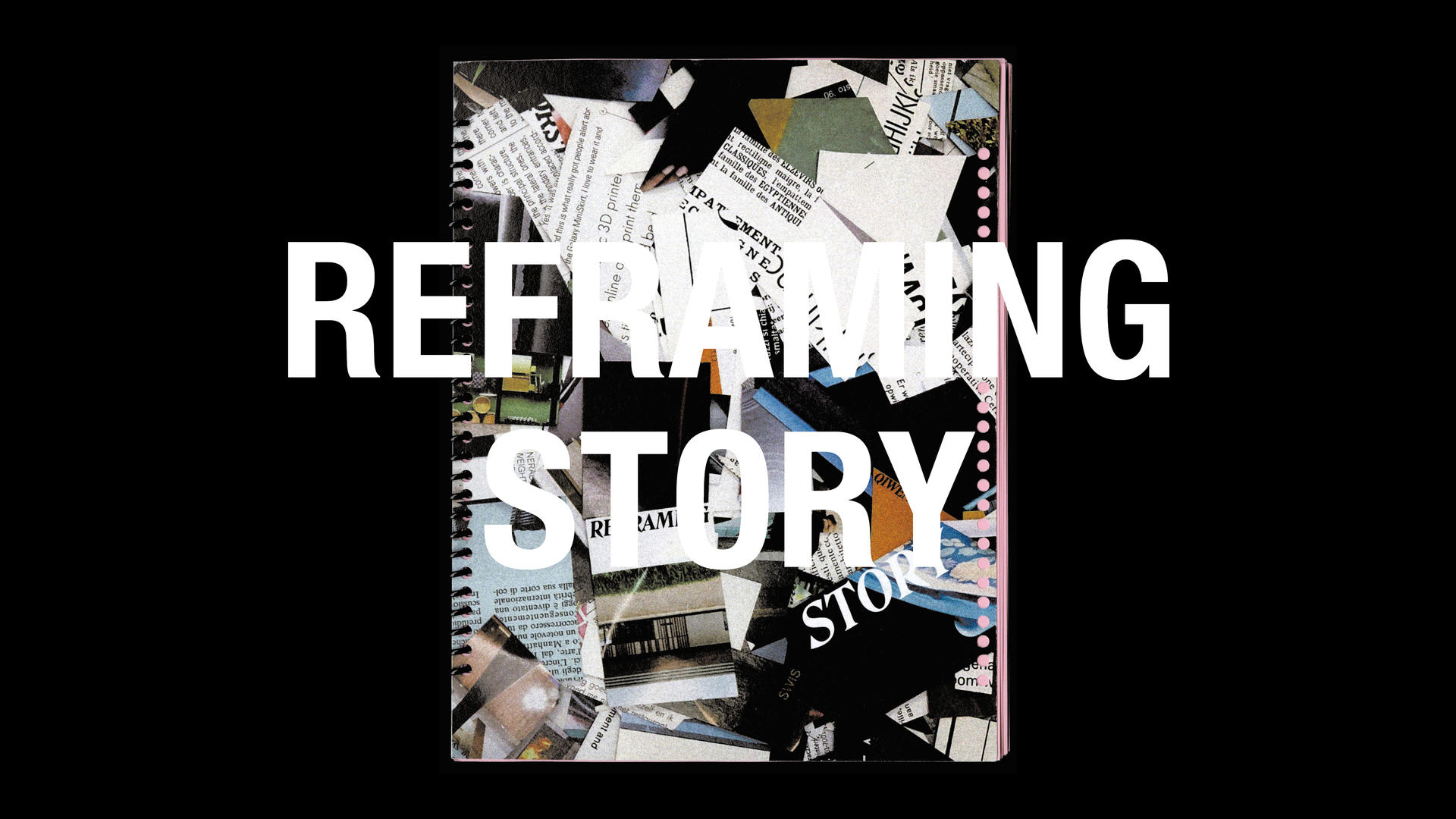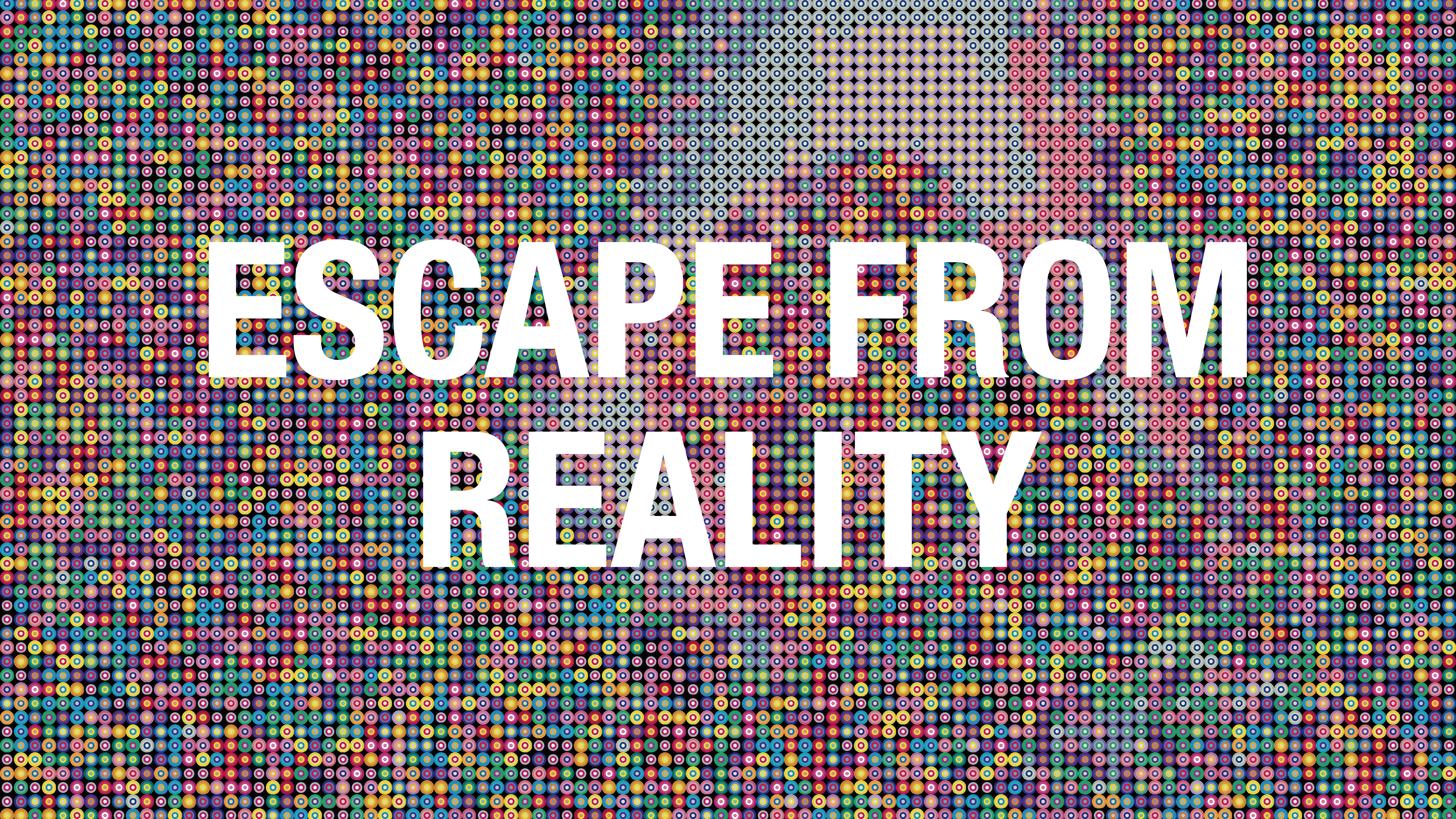Qiwen Ju
Openness
Abstract
We perceive the world as flat when we close one eye. When both eyes are open, the world takes on a three-dimensional quality.
Our childhood, education, family, and environment form and bind our cognitive perspective. As the ancient Chinese proverb goes: “You can’t see Mount Tai by blinding your eyes with one leaf.” Truth is exceedingly difficult to discern. Like the obscuring leaf, there are blind spots in our vision. Prejudice is often the narrow leaf that obstructs perception, preventing us from seeing with greater dimension.
For actual comprehension, we can only see through the eyes, hearts, and minds of others that which we have not considered or comprehended. Although the world is complex, the truth is concealed, prejudices are tenacious, and the mind is weak, we must continue pursuing the truth we desire.
Openness is a four-part journey toward widening my perspective of the world, society, politics, culture, race, and gender by returning to a primal mode of observation: vision. What emerges is neither law nor guide but an attitude or method of finding direction and understanding. Over the course of this exploration, I hopefully break free of the one leaf syndrome and provide pathways for my audience to do the same.
Image

Section 01: Multiple Perspectives
As one of the most significant paintings by the Spanish painter Diego Velázquez, Las Meninas has been hailed by many scholars and painters as a philosophy of art depicted on canvas. So, what is the unique aspect of this painting? It is the open-ended reflection caused by the interplay of multiple perspectives. In this painting, five people are gazing at us as observers. The rest of the people have their attention elsewhere, but these lines of sight are essentially interconnected. But the most important point comes from the reflection in the mirror at the back of the room. We can see King Philip IV and his wife Mariana de Austria through the mirror, which raises the question, who are we as observers? Am I the king or the queen in the painting? Or am I just an ordinary viewer who happens to be here? By combining multiple perspectives in this way, the work breaks through the dimensions of time and environment, giving us a chance to rethink the relationship between reality and image.
So, in this section, I will talk about how multiple perspectives have influenced my graphic design work. Although these works come from different periods, they are intended to express something much more profound than what you can see.
Image

Section 02: Shifting Perspective
After several studies on multiple perspectives, I began to have new questions. If the role of multiple perspectives in my design is to make the audience think and associate spontaneously, then how can I actively influence the audience’s perspective through design? My answer is interaction. Interaction requires keeping the audience and the design in the same dimension, allowing the audience to be integrated into the work. As Karyn Olivier describes her sculpture, The Battle Is Joined, she said: “My reinterpretation of the Battle of Germantown Memorial will ask the monument to serve as a conductor of sorts. It will transport, transmit, express, and literally reflect the landscape, people, and activities that surround it. We will be reminded that this memorial can be an instrument and we, too, are instruments — the keepers and protectors of the monument, and in that role, sometimes we become the very monument itself.”
Image

Section 03: Studying Perspective
In the book, On the Soul, Aristotle said: “Now for the thinking soul images take the place of direct perceptions; and when it asserts or denies that they are good or bad, it avoids or pursues them. Hence the soul never thinks without a mental image.” While I have spent a lot of time studying multiple perspectives and shifting perspective, I seem to have overlooked an important issue. That is human perception. When a person is looking at an object, what do they see? What are they thinking? The two actions of looking and thinking affect the human perspective simultaneously so I will delve into the human senses through design in this section.
Image

Section 04: My Perspective
Suppose the first three sections are based on a rational point of view to explain the impact of perspective on my design. So in this last section, I decided to change my previous rational attitude and design the contents I am interested in from a more emotional point of view, that is, my perspective.
Afterword
Looking back on these three years on campus, I consider myself lucky. I met a lot of like-minded friends and professors whose strong and optimistic personalities helped me get through difficult and lonely moments. We mutually encouraged and supported one another and they taught me that I was never truly alone.
I enjoyed observing and contemplating. Throughout my education, the opinions of each of my classmates and instructors consistently challenged me and expanded my perspective. When I encountered works and concepts previously unimaginable, my excitement compelled me to learn more. Why do people believe this way, and what influences their thinking? As I continued to seek guidance and exchange ideas, the dimensions of my thinking expanded, and I developed a greater capacity for listening to others.
I am aware that my perceptions affect my design development and choices. I express what I see, think, and feel. While prejudice is my adversary, it is also a necessary bias to acknowledge and confront in my creative profession, pushing me to see the limitations of my view.
Although this document covers various themes related to diverse countries, cultures, and politics, I assume the role of witness as no one view contains the"truth." Rather, I illustrate the disparities in perspectives and perceptions across situations. For you (the reader) and even me, openness is never a textbook but merely an opportunity to help you realize that we view the world from multiple vantage points, and then we may make discoveries.
I want to express through graphic design and language what I see, what I think, and what I feel — and perhaps that is just my bias.
- Architecture
- Ceramics
- Design Engineering
- Digital + Media
- Furniture Design
- Global Arts and Cultures
- Glass
- Graphic Design
- Industrial Design
- Interior Architecture
- Jewelry + Metalsmithing
- Landscape Architecture
- Nature-Culture-Sustainability Studies
- Painting
- Photography
- Printmaking
- Sculpture
- TLAD
- Textiles
